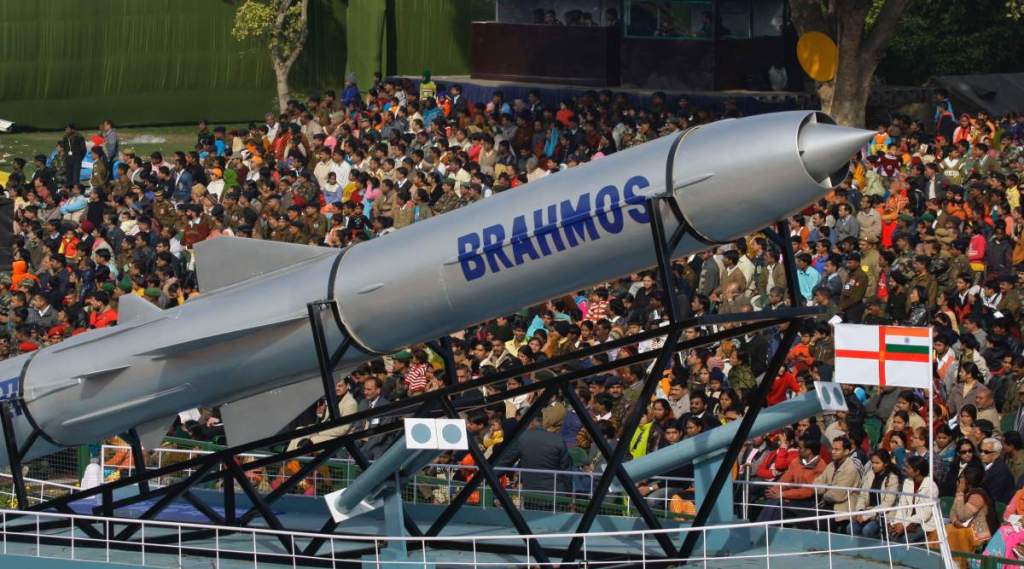The next-generation BrahMos missile, known as BrahMos NG, is approaching its first flight test, slated for 2026, with production set to commence in 2027-28.
Jaiteerth R Joshi, Director General of BrahMos Aerospace, a joint venture between India and Russia, revealed that the BrahMos NG, while retaining the same capabilities as its predecessor, is designed to be more compact and lightweight. “We are developing state-of-the-art technologies to make the missile sleeker without compromising on its effectiveness,” Joshi stated. He also stressed that the missile is in its advanced stages of development, with the first flight run expected within a year.
When asked about the production timeline, Joshi added, “The missile will be ready for production in about 1 to 1.5 years after the initial flight test.”
Enhanced Features and Platform Integration
The BrahMos NG will maintain its predecessor’s impressive range of 290 kilometers while offering a more lightweight design. Due to its reduced size, the next-generation missile system will be able to fit on a wider array of platforms. These include the Russian-origin Sukhoi-30MKI fighter aircraft and India’s indigenously developed Light Combat Aircraft (LCA) Tejas, both of which will now be capable of deploying the BrahMos NG.
Export Opportunities
The export potential for BrahMos NG has been expanding, with the missile already seeing interest from countries in Africa and West Asia. In a landmark move, India has supplied three batteries of the BrahMos supersonic cruise missile system to the Philippines, and talks are progressing with Indonesia.
Financial Express.com has reported recently that during a state visit to India in January, Indonesian President Prabowo Subianto was briefed on the missile’s capabilities at the BrahMos headquarters in Delhi, and the two nations have reportedly reached an understanding on pricing for the deal, estimated at USD 450 million. If finalized, Indonesia will become the second Asean nation to buy the BrahMos missile system after the Philippines, which signed a deal worth approximately USD 375 million in 2022 to equip its Marines with the system.
Technical Specifications and Capabilities
The BrahMos NG is significantly smaller and lighter than its predecessor. Weighing 1.6 tonnes and measuring 6 meters in length, it is much more compact compared to the earlier version, which weighed 3 tonnes and was 9 meters long. Despite its smaller size, the missile retains a top speed of 3.5 Mach and a range of 290 kilometers. Additionally, the BrahMos NG boasts a reduced radar cross-section and features an indigenous seeker with an AESA radar, enhancing its precision and stealth capabilities.

